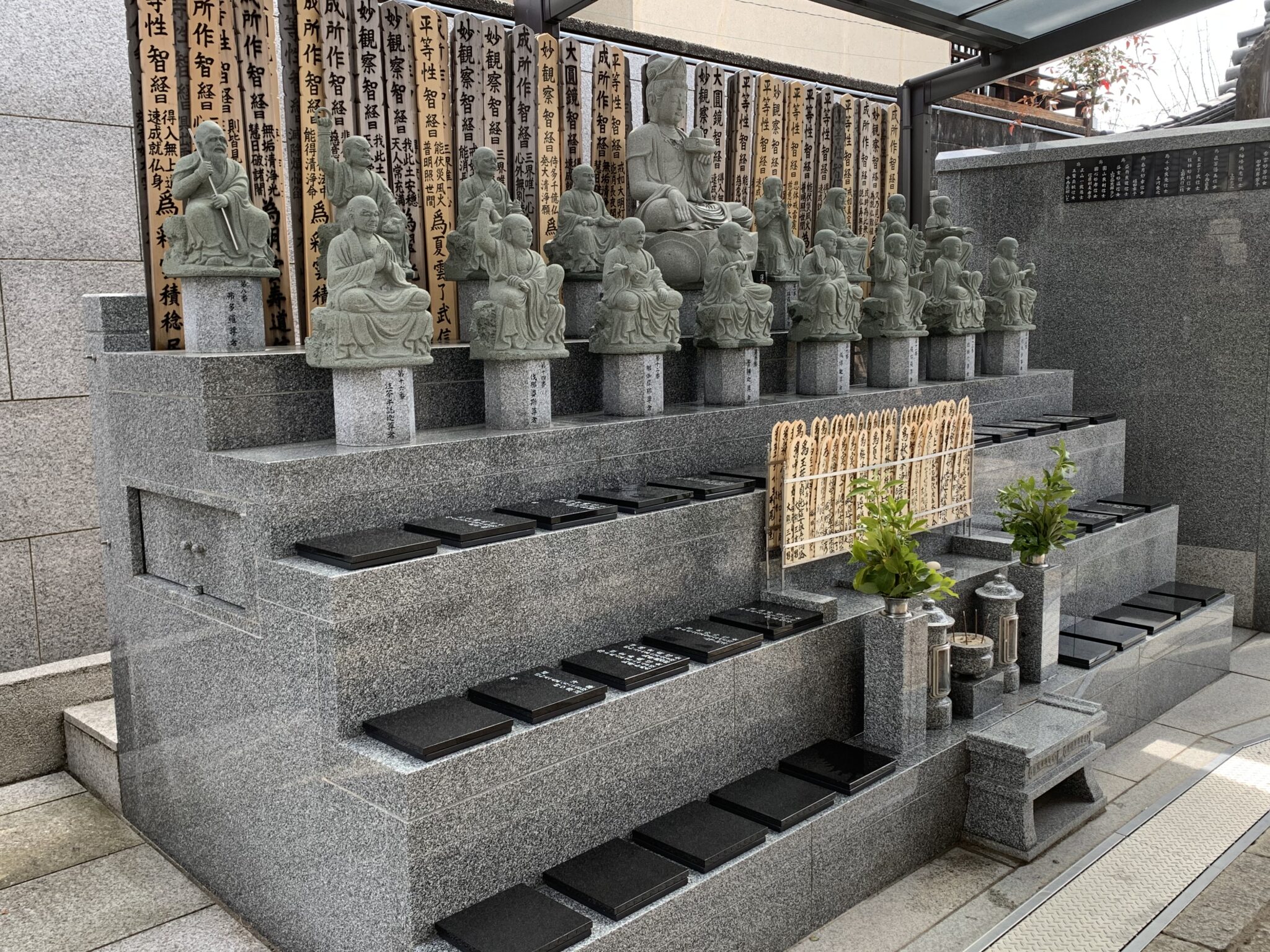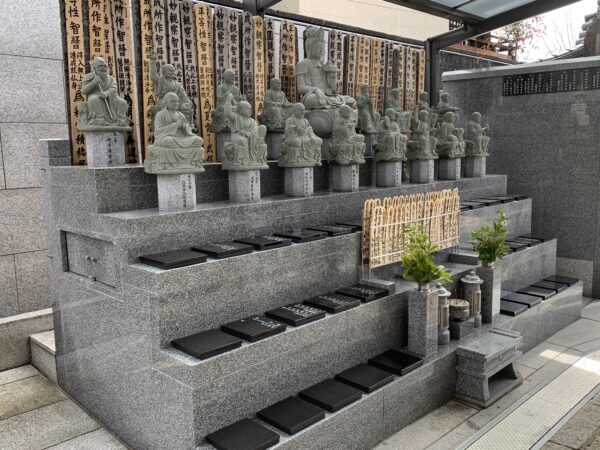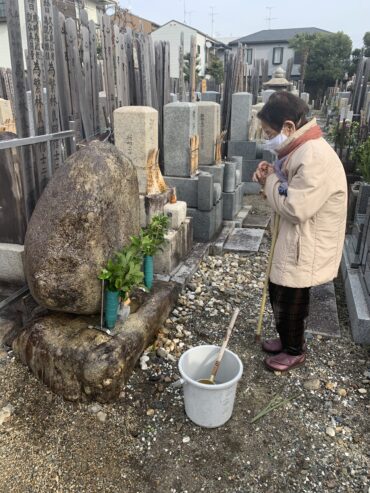日本では「春分の日」と「秋分の日」の前後3日間(合計7日間)を「彼岸」と呼んでいます。そして昼の長さと夜の長さがほぼ等しくなる「春分」と「秋分」は「彼岸の中日」とも呼ばれ、日本では祝日になっています。
「お彼岸」は先祖を供養する日とされていて、家族そろって先祖のお墓参りに行くことが日本の風習です。
「お彼岸」とは
「お彼岸」とは古代インドのアーリア語で”paramita(パーラミタ)”といい、パラーム(彼岸)とイタ(至る)が合わさった言葉が語源とされています。
仏教では、生と死の世界を隔てる「三途の川」があり、現世の世界を「此岸(しがん)」、あの世の世界を「彼岸(ひがん)」と呼んでいます。
「此岸」(現世)は煩悩や迷いのある世界。「彼岸」(あの世)は悟りの境地である涅槃(ねはん)。
太陽が真東から昇り真西に沈む、春分と秋分は「この世」(煩悩の世界)と「あの世」(悟りの世界)がもっとも通じやすい日と考えられ、煩悩の世界から悟りの世界に至る修行の日とされていたのです。
なるほど!
あの世に渡って修行する日ですか?
「この世」と「あの世」が近い日は、
ご先祖様に会いに行くには好都合だから「お墓参り」ですね!
お墓参り
ここに来て何時も思う事は「人はいつか死ぬ!生きている時間は大切に!」。
せっかく生まれてきたのだから楽しく生きる。時間は有限です。自分の人生をまっとうする。




